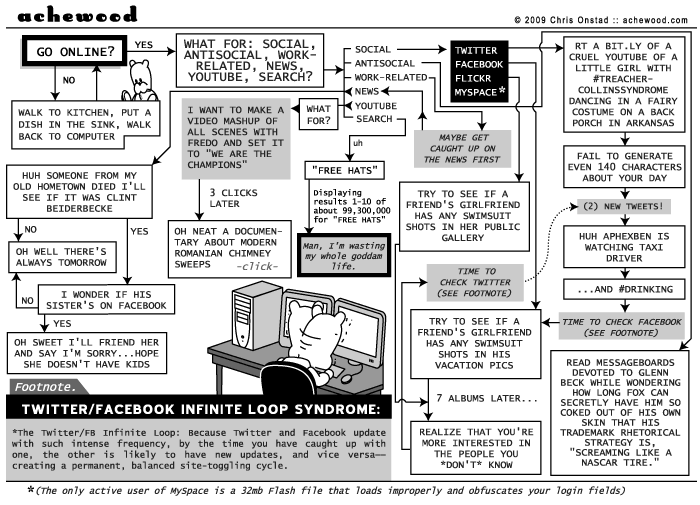Facebook has extended an invitation to its community looking for “Beta Testers” – your submission requires you to answer a question, any question, as a demonstration of your suitability. I chose “Why do birds suddenly appear?” Here is my answer.
Why do birds suddenly appear?
Birds (Latin, aves*) have habitually, some would say instinctively, appeared in odd places since the beginning of time, though usually at the start of spring, or at the turn of the hour when they are affixed to a spring in a cuckoo clock. This reoccurring natural event prompted some, like Hal David, and Burt Bacharach, to posit suggestions regarding its underlying cause. Their research, popularised in the song (They Long to Be) Close to You, drew largely unsatisfactory conclusions. They suggested that the question “why do birds suddenly appear” finds a natural corollary in the answer “they long to be close to you.” Which begs the question – if a bird hatches in the woods, and there is nobody nearby to be close to, does it really hatch? The answer of course, is yes.
So why do birds suddenly appear? The answer, in this writer’s opinion, lies in the science of egg incubation. Eggs (wikipedia) are not unique to bird species, other species like reptiles, monotremes (the Platypus and the Echidna), and many aquatic species lay eggs. Eggs (Latin, ovum), and the cumulative factors that lead to the emergence of life from within their shelly construct, are the reason that birds “suddenly appear.” These factors include fertilisation, gestation, and incubation.
How to hatch an egg?
First, the egg must be fertilised, going into the mechanisms of the birds and the bees (or in this case the male birds and the female birds) is beyond the scope of this answer – suffice to say two birds of opposite genders must meet for some “hanky panky” which is followed by the production of a fertilised egg.
This egg must then incubate for a period of time sufficient to allow the development of the baby bird therein to gestate and reach a level of maturity whereby the bird will be able to survive outside the warm, gooey confines of the egg. If you are in possession of such an egg you should follow some of these steps.
A case study: Chickens and Eggs
The question of “which came first” in this instance is largely irrelevant and depends greatly on ones philosophical presuppositions about the origin of the universe. We do, based on current observations, know that an egg comes into existence thanks to the prior existence of a chicken to lay it.
In order to bring a living bird into the world from an egg the following steps (source: Backyard Chickens) can be followed:
1. Allocate a period of 21 days for incubation.
2. Buy an incubator.
3. Check eggs after 2 or three days for the presence of embryos (use a bright light) – if the egg contains a cloudy or opaque substance assume it is fertilised – if the egg does not contain such a mass assume it is infertile and cook it. Don’t let a good egg go to waste.
4. Turn the egg three times a day, until 3 days prior to hatching (so until the 18th day). Mark the top and bottom of the egg (maybe with an x and an o) to track where you are up to in the turning process.
5. Maintain a constant temperature between 99 and 103 degrees (farenheit – at celsius you’ll have a boiled egg on your hands).
6. Once hatched leave the chickens in the incubator for up to three days.
An almost word for word guide – which suggests either plagiarism or a common author – can be found here.
Details about the incubation of eggs from other species can be read in this article from the Forest Preserve District of Cook County’s Nature Bulletin.
Conclusion
Birds suddenly appear due to a confluence of factors relating to the science of eggs hatching. Eggs hatch either due to the presence of the mother on the nest, or the careful incubation carried out by those engaged in bird husbandry.
*Style points for Latin?

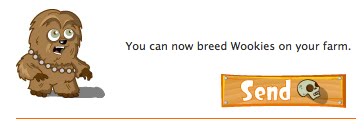
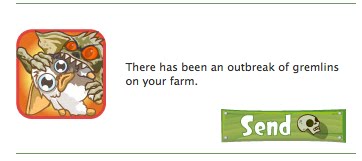
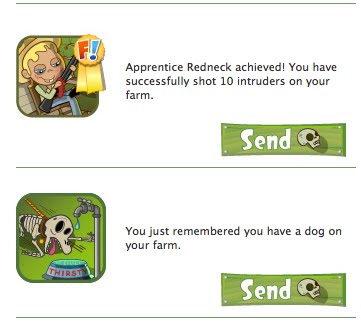
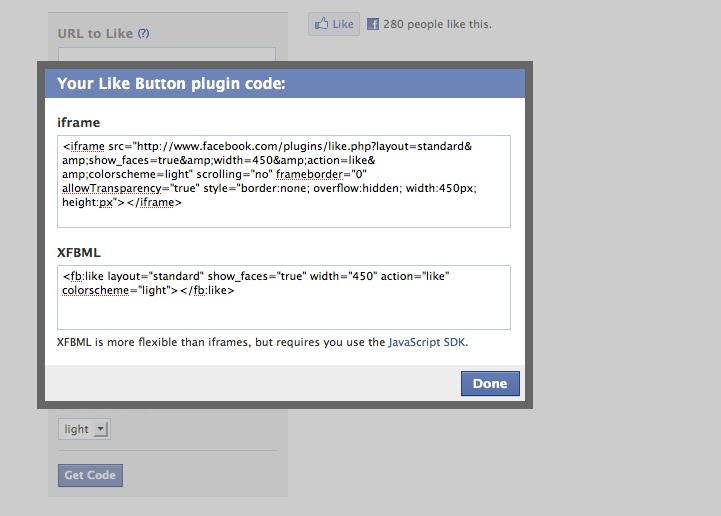
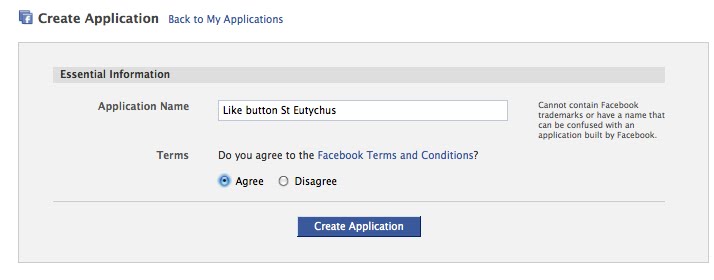
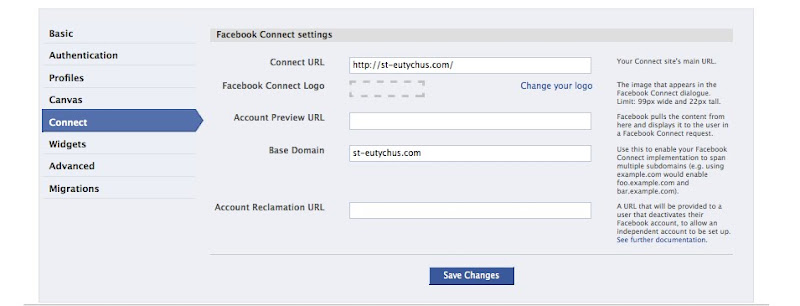

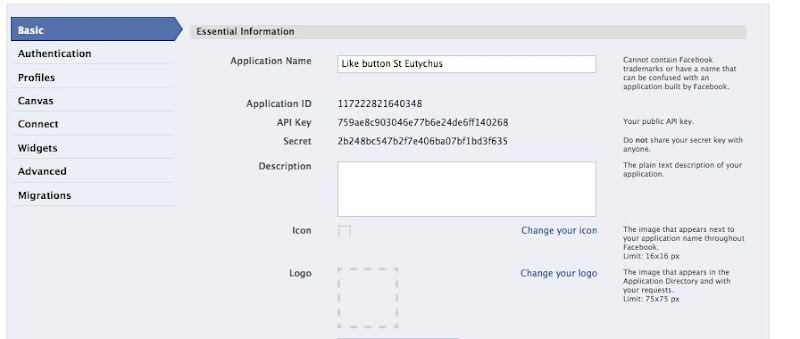
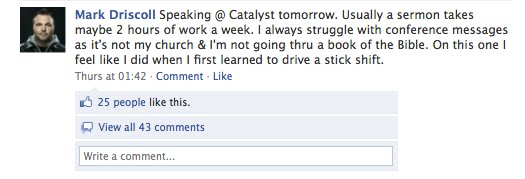




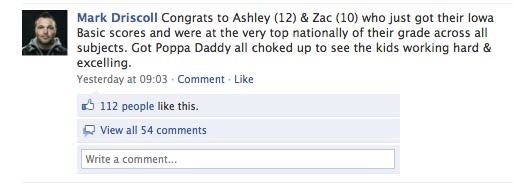




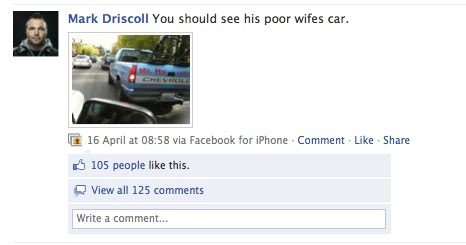
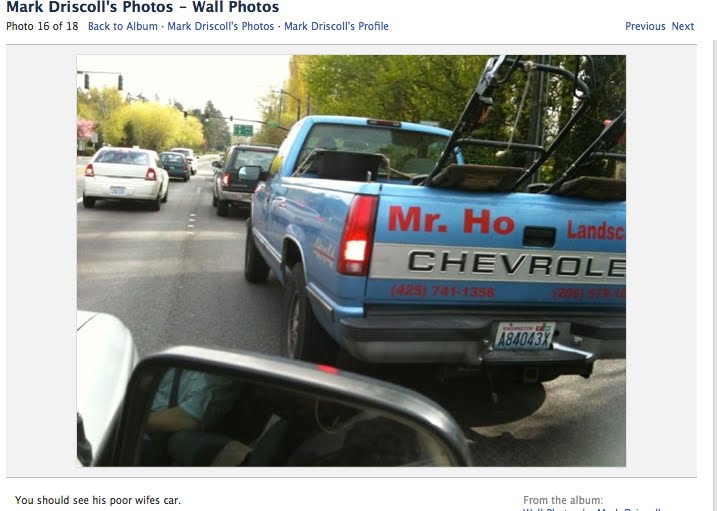
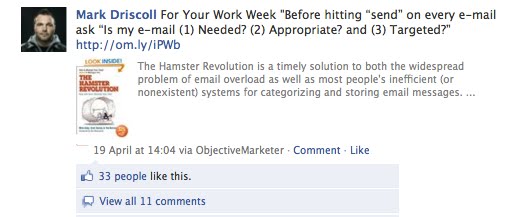



 Posted by: Nancy
Posted by: Nancy  Posted by: Frederic Lardinois
Posted by: Frederic Lardinois 